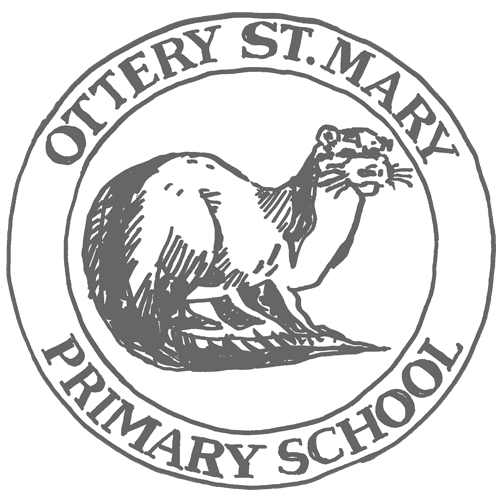Phonics
Early reading and phonics
In EYFS and year 1, phonics is taught through a systematic synthetic programme called ‘Little Wandle Letters & Sounds’. This programme provides a multi-sensory approach, using letter frames, flash cards, phonic games and listening activities.
Using the Little Wandle Letters & Sounds lesson structure, each session follows the same format of introduce, revisit and review, teach, practise and apply. This ensures that children learn new sounds whilst applying taught sounds to their reading of new words. Children work on decoding, segmenting and blending in every lesson. Children are exposed and use the correct subject specific technical vocabulary (such as phoneme, digraph, trigraph). Our lessons are designed to meet the children’s needs based on our on-going phonic assessments. This informs planning and streaming within year groups.
During daily direct teaching sessions, the teacher provides a clear model and pronunciation of sounds, observes and assesses children to ensure those who have a secure understanding are able to move on as well as identifying those children who need to revisit certain sounds.
Phonics resources are shared throughout the school, allowing children to apply their phonic knowledge in all areas of the curriculum. Phonics and word mats support spelling and writing across the curriculum and access to Phonics displays in every classroom enables children to apply taught knowledge and skills to decode unfamiliar words in the classroom.
Daily phonics sessions
The children participate in five phonics sessions per week. Each day, the children are introduced to a new phoneme, apart from on the fifth lesson which instead reviews the week’s learning. Each lesson begins with a revisit and review section in which children practise reading sounds and words they have previously been taught. The children love to play Spot the Grapheme which is when they look out for the new grapheme hiding in the pack of sounds! During the lesson the children practise oral blending and the reading of new words, including Tricky Words such as my, some, have, like. At the end of the session children read a sentence containing words taught that session and also practise spelling these on whiteboards.
Daily guided reading
An integral part of our phonics programme is the inclusion of our ‘Practice Reading Sessions’. In these sessions, children read a ‘Big Cat for Little Wandle Letters and Sounds Revised’ book matched to their phonics knowledge. In the first lesson, the children concentrate on decoding. The children revise all the sounds and key words that will be in the book. We then look at some new words and talk about how to read these “fluently”. This means that we sound the words out in our head and then say the whole word out loud. We also talk about word meanings in order to develop children’s vocabulary and understanding. Teachers listen to each child individually and if a child can’t read a word fluently, they are supported to sound it out aloud. In the next reading session the children revisit their reading book but are shown how to read with prosody/expression. The teacher models this and with the children discusses why the tone of voice might change at certain words or phrases in the story. Next the children have a go at using expression and the teacher listens to children read individually. In the final session the children build their level of comprehension and are encouraged to answer questions about their book by referring directly to the written text.
Reading at home
After the children have read their phonics reading book three times in class they take it home to share with their parents or carers at the end of the week. Parents can support by listening to their children read their phonics books and by celebrating their wonderful reading with them.
Children in year 1 also take home a ‘reading for pleasure’ book from our classroom libraries.
